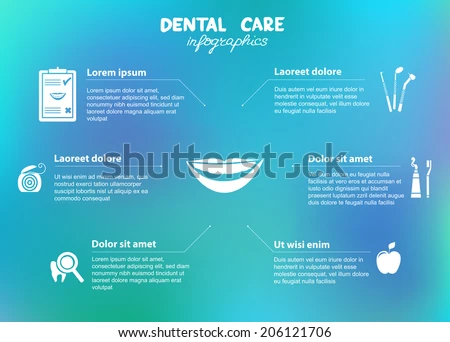The Advancement Of Dental Surgery: Arising Advancements And Growths Transforming The Discipline
The Advancement Of Dental Surgery: Arising Advancements And Growths Transforming The Discipline
Blog Article
Post Created By-Foldager Maloney
Invite to the globe of dental surgery, where advancements and developments are shaping the future of the field! In this exciting realm, you'll witness the transformative power of robotics, the sophisticated marvel of 3D printing, and the game-changing impact of minimally invasive methods.
The future of oral surgery holds a guarantee of accuracy, performance, and enhanced individual results. With just click the next website of advanced robotics, doctors have the ability to do intricate treatments with greater precision and control.
3D printing technology is transforming the production of oral implants and prosthetics, supplying personalized remedies that fit perfectly into each client's distinct anatomy.
Additionally, minimally invasive techniques are reducing post-operative pain and recovery time, enabling individuals to go back to their day-to-days live earlier.
Prepare to explore the amazing technologies and breakthroughs that are reshaping the landscape of dental surgery!
Innovations in Robotics
One major development in oral surgery is the use of robotic technology, which allows for exact and reliable surgeries. With the help of robotic systems, oral specialists have the capability to perform complicated surgical treatments with enhanced precision, reducing the danger of human mistake.
These robot systems are furnished with sophisticated imaging modern technology and accurate tools that enable specialists to browse through detailed physiological frameworks effortlessly. By making use of robot technology, cosmetic surgeons can accomplish higher surgical accuracy, resulting in improved client end results and faster recovery times.
In Visit Web Page , making use of robotics in dental surgery enables minimally invasive procedures, minimizing the injury to surrounding tissues and advertising faster healing.
3D Printing in Oral Surgery
To improve the area of dental surgery, you can check out the subtopic of 3D printing in oral surgery. just click the following web site has the prospective to revolutionize the means oral specialists operate and deal with patients. Here are four crucial methods which 3D printing is forming the area:
- ** Custom-made Surgical Guides **: 3D printing permits the creation of extremely accurate and patient-specific medical guides, enhancing the accuracy and performance of procedures.
- ** Implant Prosthetics **: With 3D printing, oral doctors can produce tailored implant prosthetics that perfectly fit an individual's one-of-a-kind makeup, resulting in much better end results and individual contentment.
- ** Bone Grafting **: 3D printing makes it possible for the production of patient-specific bone grafts, reducing the need for conventional implanting methods and improving recovery and recovery time.
- ** Education and Educating **: 3D printing can be used to create sensible medical models for educational objectives, allowing oral doctors to exercise complex procedures prior to performing them on individuals.
With its possible to boost accuracy, personalization, and training, 3D printing is an exciting development in the field of dental surgery.
Minimally Invasive Methods
To further progress the field of dental surgery, embrace the possibility of minimally invasive methods that can considerably benefit both doctors and clients alike.
Minimally intrusive strategies are changing the area by minimizing surgical trauma, decreasing post-operative discomfort, and speeding up the recuperation procedure. These methods involve utilizing smaller sized lacerations and specialized instruments to carry out treatments with accuracy and efficiency.
By using advanced imaging modern technology, such as cone light beam computed tomography (CBCT), specialists can accurately prepare and perform surgical procedures with very little invasiveness.
Furthermore, the use of lasers in oral surgery enables specific cells cutting and coagulation, leading to decreased blood loss and lowered recovery time.
With minimally invasive techniques, individuals can experience faster recovery, lowered scarring, and improved end results, making it an important element of the future of dental surgery.
Conclusion
So, as you can see, the future of dental surgery is incredibly appealing, with amazing technologies and breakthroughs forming the field.
From the developments in robotics to using 3D printing and minimally intrusive techniques, dental surgeons are reinventing the method they offer care.
While some might bother with the prospective cost related to these developments, it's important to keep in mind that these modern technologies eventually enhance patient results and decrease healing time, making them well worth the financial investment in the future.
